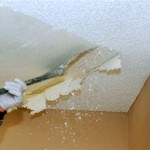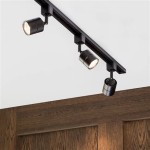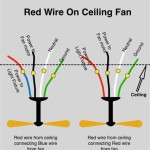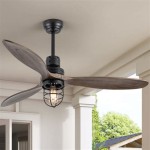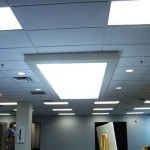Sound Insulation For Basement Ceiling
You may not be alone if you live in a house with a basement and hear every footstep, conversation, and noise from the floors above. It can be annoying and make it challenging to enjoy your space or focus on tasks. Fortunately, there are solutions to soundproof your basement ceiling and create a more peaceful and enjoyable living environment.
Soundproofing involves blocking or absorbing sound waves to reduce noise transmission. Several methods can be used to soundproof a basement ceiling, including:
1. Adding Mass: Mass is an effective sound barrier. Adding a layer of mass to the ceiling, such as drywall, acoustic panels, or soundproofing blankets, can significantly reduce sound transmission. Mass-loaded vinyl (MLV) is a popular material for soundproofing due to its high density and sound-blocking capabilities.
2. Using Soundproofing Batts or Rolls: Soundproofing batts or rolls are made of fiberglass, mineral wool, or other sound-absorbing materials. They can be installed between the joists of the ceiling to absorb sound waves and prevent them from traveling through the ceiling.
3. Installing Acoustic Ceiling Tiles: Acoustic ceiling tiles are designed to absorb sound. They are typically made of fiberglass or mineral wool and come in various styles and finishes to match your decor. They can be installed in a suspended ceiling system or glued directly to the ceiling.
4. Sealing Air Gaps: Sound can easily travel through even small openings. Sealing air gaps around light fixtures, pipes, and other penetrations in the ceiling can significantly reduce noise transmission. Use caulk or acoustic sealant to fill any gaps and prevent sound from leaking through.
5. Isolating Vibrations: Vibrations from footsteps and other impact noises can travel through the structure of the building and be transmitted through the ceiling. Installing vibration isolation mats or pads between the ceiling joists can help reduce vibration transmission and minimize noise.
When choosing a soundproofing method for your basement ceiling, consider the following factors:
- Noise level: Determine the severity of the noise problem to select an appropriate soundproofing solution.
- Budget: Soundproofing materials and installation costs can vary widely. Set a budget to ensure your soundproofing project aligns with your financial constraints.
-Ceiling height: Some soundproofing methods can lower the ceiling height. Consider the available headspace when choosing a solution.
- Aesthetics: Choose soundproofing materials that complement the overall design of your basement. You can paint or cover acoustic panels to match your decor.
Soundproofing a basement ceiling can significantly reduce noise transmission and create a more peaceful and enjoyable living space. By combining different methods, you can achieve optimal sound insulation and enhance the comfort and functionality of your basement.

Soundproofing Ceilings How To Soundproof A Ceiling

Nova Basement Remodeling Soundproofing In

Soundproofing A Ceiling Unfinished Basement Ideas Cheap Renovations

Soundproofing A Home Workshop Technical Details Two Teaching Videos

What To Know About Soundproofing A Basement Ceiling

Bungled Basement Soundproofing The Expert

How To Soundproof A Basement Ceiling

Best Insulation For Soundproofing Your Ceiling Renoviso

Walls Sound Proofing Basement Remodeling Ceiling

7 Ways To Soundproof A Ceiling That Really Work Insulation Sound Proofing Blanket

